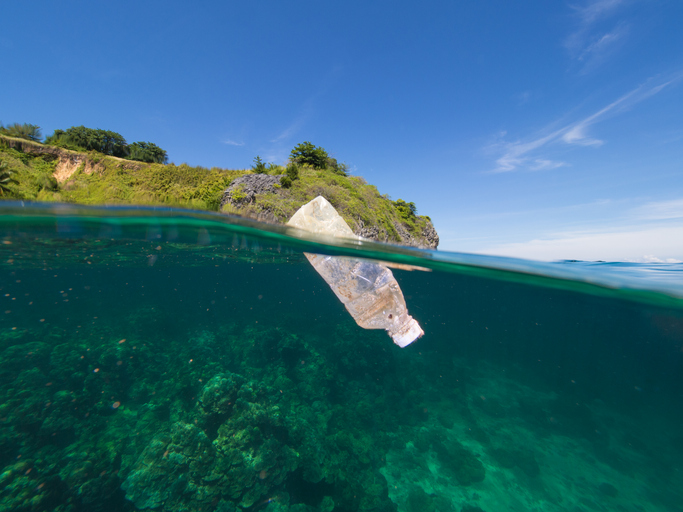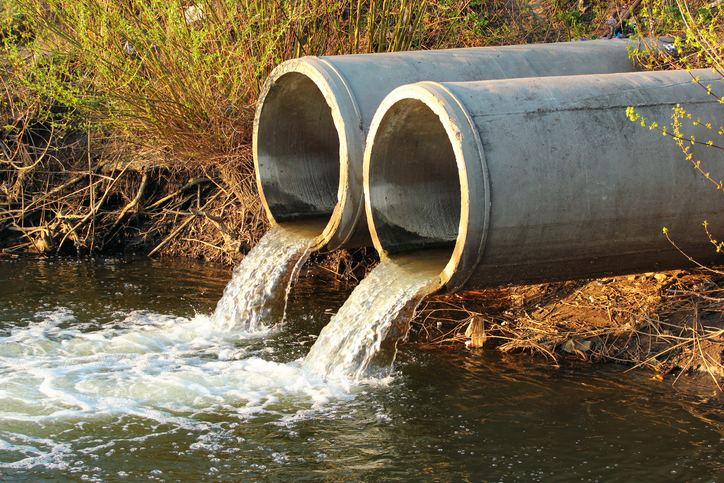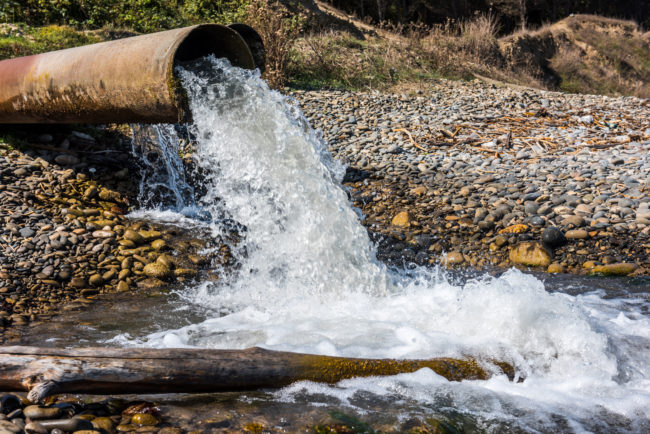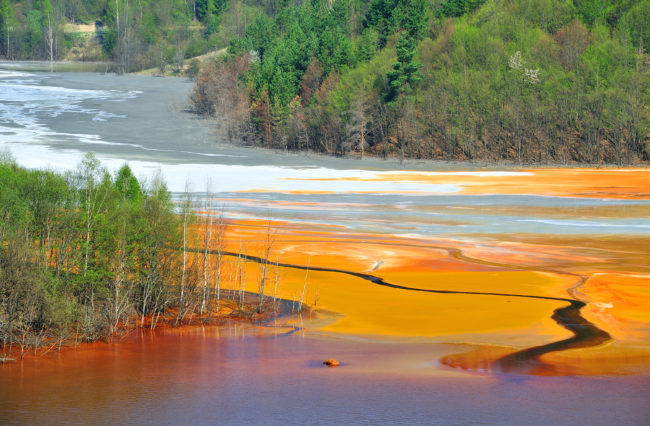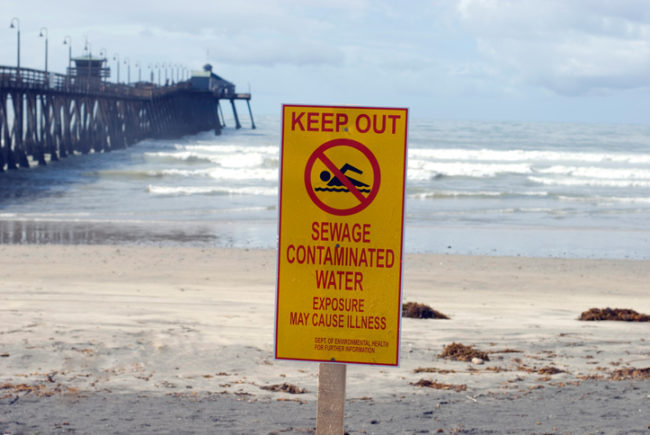The Senate and House both are considering Per- and polyfluoroalkyl substances (PFAS) regulations this summer. Last month, the Senate began inching closer to consensus on certain regulations. Following two hearings in the Senate Environment and Public Works Committee, the PFAS Release Disclosure Act was considered in committee and filed as an amendment to S. 1790, the National Defense Authorization Act heading to the Senate floor.
The Senate PFAS legislation would require reporting of PFAS releases as part of the Toxic Release Inventory Reporting program, address …
Continue Reading

